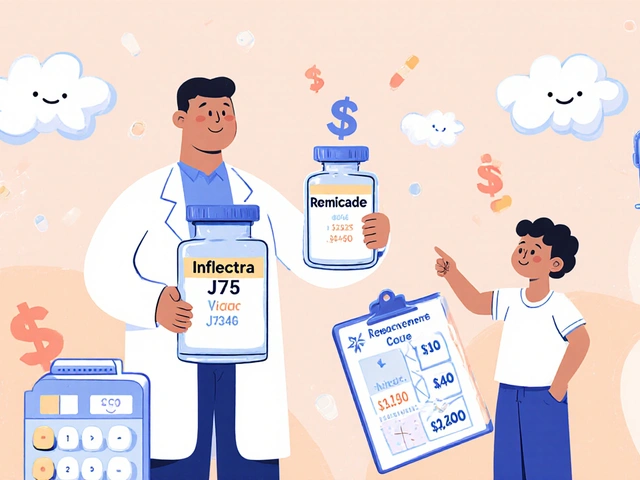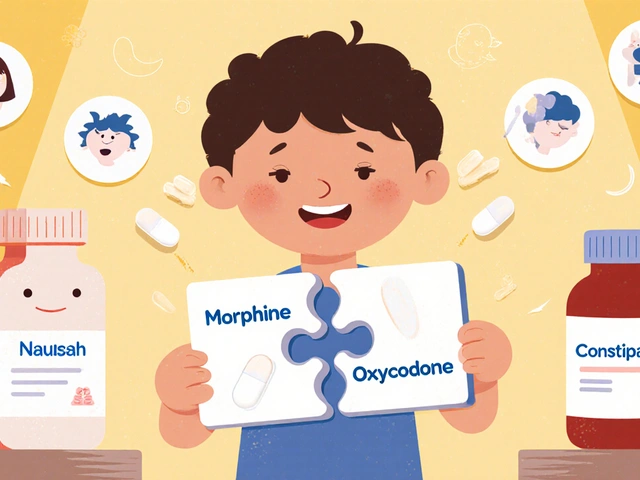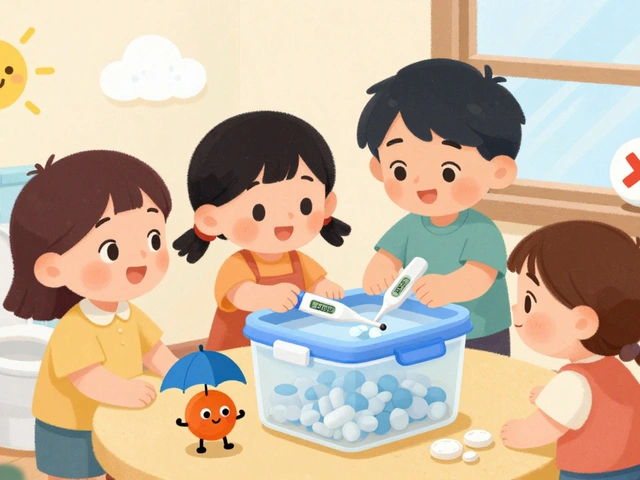Echinocandin Therapy: What It Is and When It’s Used
If you or a loved one have been told you need an "echinocandin," you might wonder what that means. Echinocandins are a group of antifungal medicines that doctors use for tough infections like candidemia (bloodstream Candida) or invasive candidiasis (deep organ infection). They’re usually given through an IV because they work best when they’re in the bloodstream quickly.
These drugs are often the first choice when standard oral antifungals (like fluconazole) won’t work or when the fungus is resistant. Hospitals rely on them for patients with weakened immune systems, such as those in intensive care, after surgery, or on chemotherapy. In short, echinocandin therapy is a lifesaver for serious fungal infections that can spread fast.
How Echinocandins Work
All three FDA‑approved echinocandins – caspofungin, micafungin, and anidulafungin – attack the fungus’s cell wall. Think of the cell wall like a protective bubble; the drugs stop the fungus from building that bubble, so it bursts and dies. This method is different from azoles, which target the fungus’s internal machinery. Because they go after the wall, echinocandins tend to have fewer drug‑drug interactions and are safer for people on many other medicines.
The three drugs are pretty similar, but they have small differences. Caspofungin is often started with a loading dose, then given daily. Micafungin can be given once daily without a loading dose, and anidulafungin also uses a daily dose but doesn’t need a loading shot either. Your doctor will pick the one that fits your infection type, kidney function, and how long you’ll need treatment.
Practical Tips for Safe Use
Here are a few things to keep in mind if you’re on an echinocandin:
- Watch the IV line. Because the medicine is given through a needle, make sure the line stays clean and doesn’t get tangled.
- Know the side effects. Most people feel fine, but some get fever, chills, or a rash. Liver enzyme bumps can happen, so labs may be checked during therapy.
- Report other meds. While echinocandins don’t interact a lot, let your team know about any new prescriptions, especially anti‑seizure or heart drugs.
- Follow the schedule. Skipping doses can let the fungus bounce back. If you miss a dose, call your nurse for guidance before taking an extra one.
- Stay hydrated. Good fluid intake helps keep your kidneys happy, especially if you’re also on other IV meds.
If you feel unusual pain, severe diarrhea, or any sudden changes, tell your provider right away. Those could be signs of an infection shift or a rare allergic reaction.
When treatment ends, doctors usually give a follow‑up blood test to make sure the infection cleared. Some patients switch to an oral antifungal for a few weeks to finish the job, especially if the infection was deep‑seated.
In summary, echinocandin therapy is a targeted, IV‑only approach for serious fungal infections that don’t respond to standard pills. Knowing the three main drugs, how they work, and what to watch for can help you feel more in control while you or your loved one recovers.





